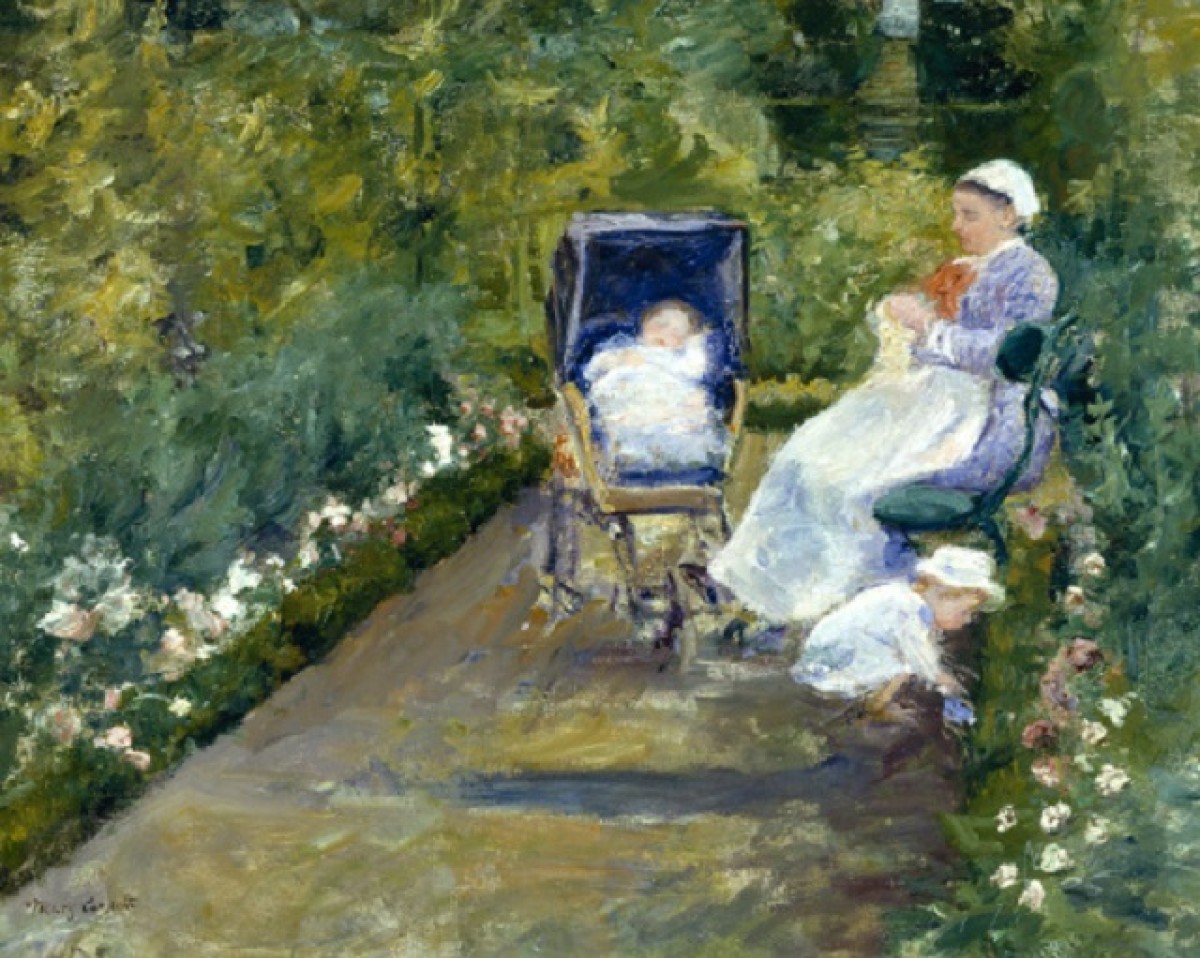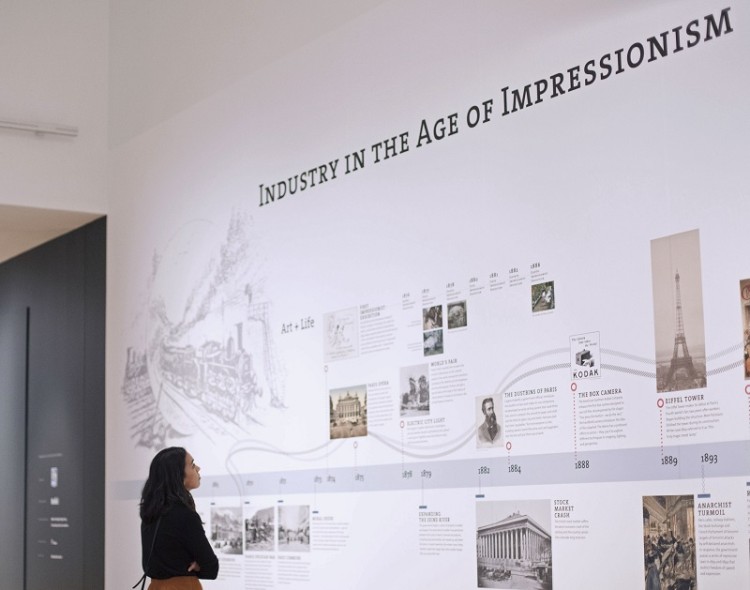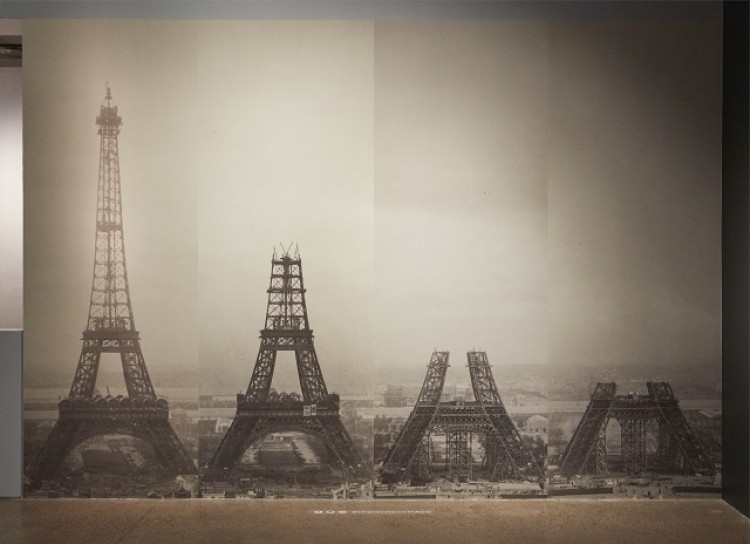Mary Cassatt and the Impressionists
Discover the art of trailblazing artist Mary Cassatt in Impressionism in the Age of Industry.

Have you checked out Impressionism in the Age of Industry yet? Trust us, you don’t want to miss it. Standing out among the images of trains, ports and heavy industry, you’ll find a sunny garden scene (perhaps its warmth sticks out against this season’s seemingly endless polar vortexes and ice storms!). Painted by American-born artist Mary Cassatt (1844-1926), she was the only American to be officially associated with the Impressionists.
Cassatt was born in Allegheny City, Pennsylvania, and spent part of her childhood in France and Germany. She studied at the Pennsylvania Academy of the Fine
Cassatt lived and worked in a time when opportunities for women were limited – even for the privileged upper classes, of which she was a
member. She is known for her images of the private lives of women, and intimate scenes between mothers and children. “I love to paint children,” she once
wrote. “They are so natural and truthful.”
Children in a Garden (the Nurse) carries some of these ideas and also explores another interest: women’s labour in the domestic service. By the mid-1800s when this canvas was painted, women were working in factories and shops, but domestic workers made up the largest sector of urban labour.
In this work, a nursemaid knits while the children she’s caring for play and rest. The figures are set in the background, among lush hedges and carefully tended flowerbeds, captured in a looser brushwork style that was new for the artist. Cassatt included the painting in the Eighth Impressionism Exhibition in 1886. Visitors to the show would have known the woman’s white cap and apron signalled she was a worker rather than the children’s relative.
The peaceful garden scene captures a rare moment of rest for a domestic worker. Autobiographies from the time indicate their day began around 7 am and ended between 10 and 11 pm. Aside from childcare, they shopped, did laundry and cleaned their employer’s homes. Wages in the mid-1800s for domestic work were low, according to
Tickets to see Mary Cassatt’s work and more in Impressionism in the Age of Industry: Monet, Pissarro and more are available now at AGO.ca.
Are you an AGOinsider yet? If not, sign up to have stories like these delivered straight to your inbox every week.




